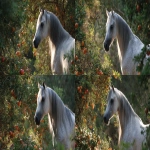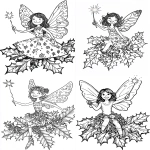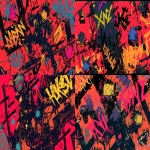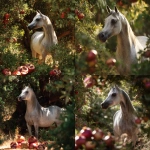Explore the Best AI Image Gallery
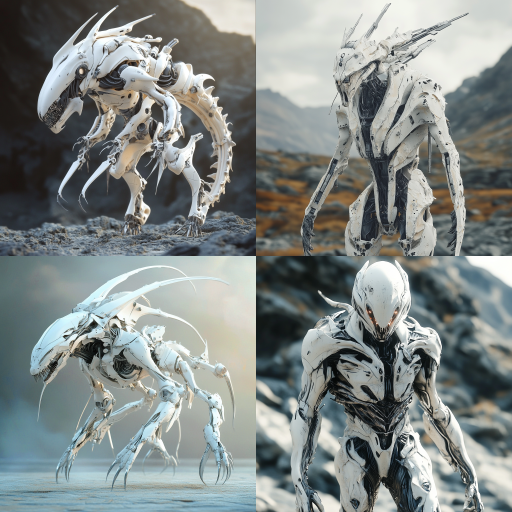
Mirroring Imagination: The Emergence of AI-Generated Visuals
Picture a world where technology becomes the new canvas, with algorithms and artificial neural networks creating visually stunning art that mirrors the human imagination. This is no longer a futuristic fantasy, but a tangible reality, as artificial intelligence (AI) evolves and its creative inklings unfurl. AI-generated visuals are revolutionizing the creative domain, fostering innovation whilst confronting ethical dilemmas.
AI-Generated Images: Redefining Creativity
The application of AI in the realm of image creation is dynamic and expanding. Using techniques like Generative Adversarial Networks (GANs), AI can now generate everything from hyperrealistic faces to dreamlike landscapes. These visuals are not simple copy-paste derivatives of existing works; rather, they are novel creations, born from the intricate interplay of algorithms and data.
From digital artists incorporating AI-generated visuals into innovative designs, to architectural firms leveraging AI for creating optimised layouts, the influence stretches across a myriad of sectors. Beyond aesthetics, AI-generated images hold great promise in domains such as healthcare, where AI modules are being utilised for medical image analysis, potentially accelerating disease diagnosis. Yet amidst the riches, there are challenges that demand attention.
Ethical Considerations
As AI carves its space in the creative industry, it brings ethical questions to the fore. Who should claim authorship of an AI-generated visual – the machine, or the individual who cultivated the algorithm? The very nature of these visuals, being begotten of a symbiotic relationship between technology and human ingenuity, invites complex debates about copyright and originality.
Deepfake technology is another offshoot of AI-generated visuals that raises serious ethics concerns. This technique, which uses AI algorithms to create convincing, often deceptive, videos and images, can potentially be wielded as a tool of misinformation and manipulation. The age-old adage, 'seeing is believing', is challenged in this digital age when even visuals can be fabricated convincingly.
Peering Into the Future
With AI rapidly improving, we are poised on the brink of exciting frontiers in AI-generated imagery. Artists and technologists alike are eagerly harnessing the power of AI to deliver visuals that transcend the traditional boundaries of art and design. Machine learning platforms such as Runway ML, Artbreeder and DeepArt are enabling the creation of extraordinary AI generated visuals, enriching the creative space.
Envisaging future trends, we might see AI extending its scope from image creation to image understanding, potentially improving UI/UX designs, or aiding in swift real-world problem-solving scenarios.
As we navigate through the intertwining pathways of creativity and technology, AI-generated visuals stand as captivating symbols of this convergence. The key lies in harnessing their potential responsibly, fostering innovation while mitigating ethical challenges.


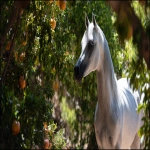
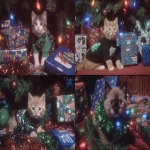
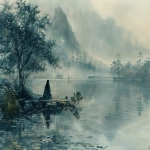
](https://images.ai-img.art/thumbnails/150/4dfe5499f7f4f9e5aa1613199c58710634f2cba5f57ac7e6717c1d56a9864e1a.webp)
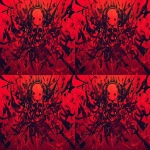
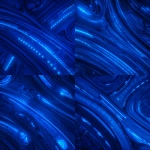
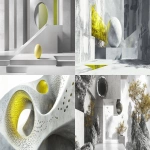
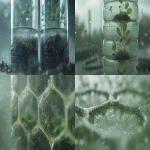

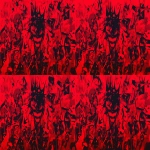
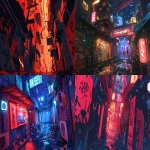

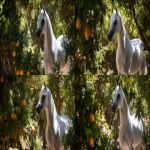
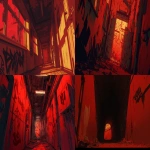

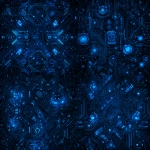
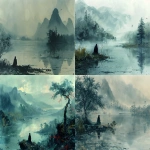
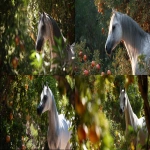

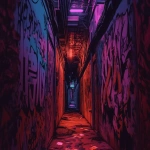

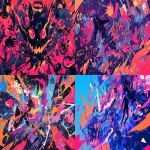
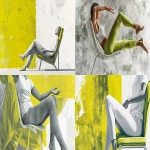
](https://images.ai-img.art/thumbnails/150/e407417f3921a9491278afc6484ec26f3ae374d4543e1a56898e8bcb1e41a0da.webp)
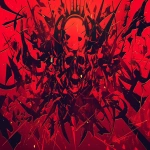

](https://images.ai-img.art/thumbnails/150/56d08b81b5991eca46f50c80b41db4e9ac06c775cbbf5138ea0734d93390316a.webp)
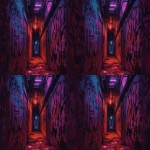
](https://images.ai-img.art/thumbnails/150/baf01e7f997f5bc030aa10831575d8b879a4a6755830df4bcd3dcc93346ef1dd.webp)
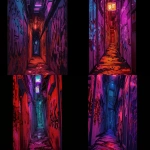

](https://images.ai-img.art/thumbnails/150/ed631f35091268316da1950d8f24949cf71c41220d75ddecc89232e1c28f3653.webp)
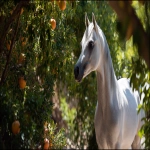
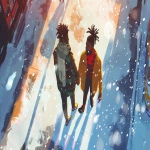
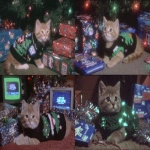


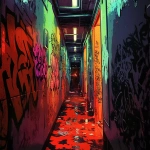
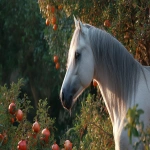
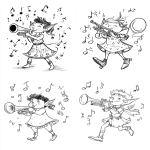
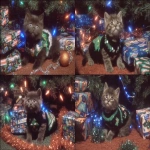
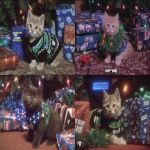
](https://images.ai-img.art/thumbnails/150/fd852e87169bf2f63982b31f7f16a8fa335d75d9536fd48c2b87c7d4b035fa7c.webp)
